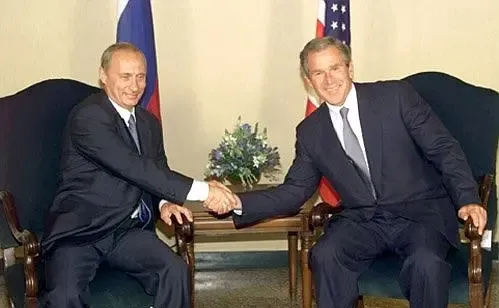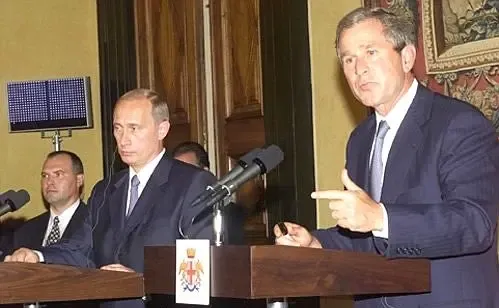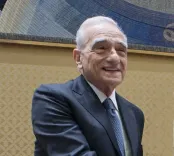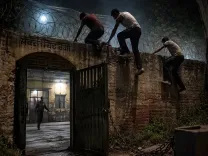Did the Iranian President Have to Hail a Taxi After Fuel Trouble?

Synopsis
Key Takeaways
- Iranian President Masoud Pezeshkian faced an unexpected taxi ride due to fuel issues.
- All three official vehicles broke down after refueling.
- The gas station involved has a history of supplying low-quality fuel.
- The incident reflects broader concerns about fuel quality in Iran.
- Public trust in fuel distribution is at stake.
Tehran, July 18 (NationPress) Iranian President Masoud Pezeshkian found himself in an unexpected situation as he had to use a local taxi to proceed with his journey to Tabriz city. This incident occurred after the entire convoy of three official vehicles experienced breakdowns due to water-contaminated fuel, according to reports from local media.
Reported by Iran International, the President’s Special Inspector, Mostafa Molavi, revealed that the vehicle carrying Pezeshkian and his security team came to a standstill near the city of Takestan in Qazvin province after refueling at a roadside gas station.
"The President and his security detail were en route to Tabriz. After refueling at a station near the Rasht exit, all three vehicles broke down before reaching Takestan," Molavi shared during his visit to the provincial headquarters in Qazvin.
"An investigation indicated that the gas station was supplying low-quality fuel mixed with water. This station has a history of such infractions," he added.
Interestingly, the President opted not to contact local authorities for assistance, choosing instead to take a private taxi to continue his journey.
"He did not reach out to the provincial governor's office or request any help. He simply took a taxi," Molavi stated.
The National Iranian Oil Products Distribution Company (NIOPDC) confirmed that the implicated gas station had received prior complaints regarding its fuel quality. However, they did not provide an explanation as to why it remained in operation despite its troubling history.
"This particular station has had previous reports of similar issues," Molavi noted.
No public statements have been released by either the President's office or the Iranian Ministry of Petroleum regarding the incident, according to the newspaper.
Iran has been grappling with the issue of fuel adulteration for an extended period, with numerous motorists frequently voicing their complaints about adulterated gasoline and discrepancies with pump meters. Viral videos on social media have highlighted inconsistencies between the fuel dispensed and the prices charged, fostering widespread public distrust.










